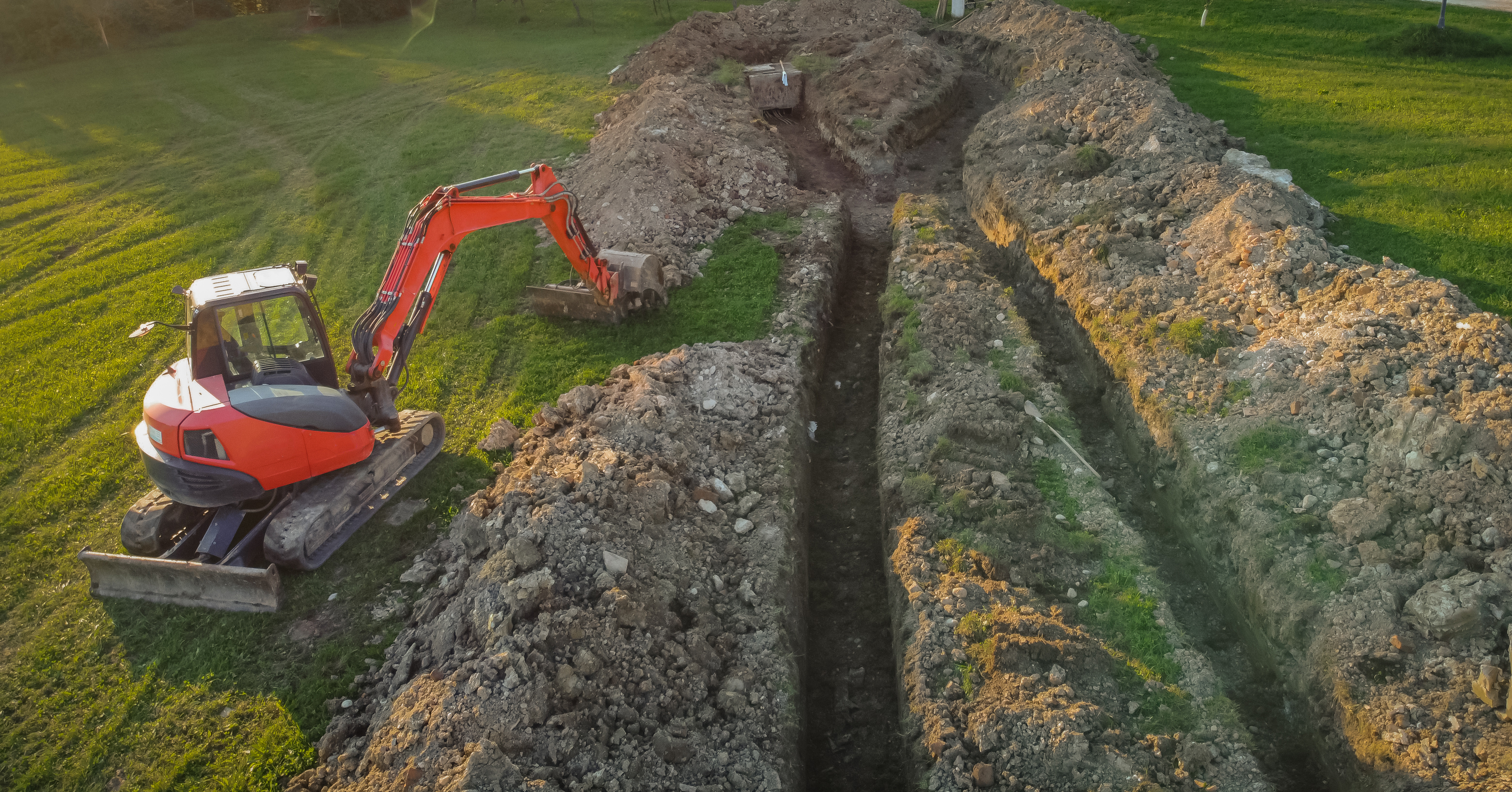On November 6, 2021, Congress passed the Infrastructure Investment and Jobs Act (also known as the Bipartisan Infrastructure Deal), a $1.2 trillion piece of legislation that includes $550 billion of new spending on infrastructure. In a presentation at the 2021 Anticipate Conference two weeks prior, Urbint Vice President of Strategy and Policy Mishal Thadani briefly outlined a few major components of the legislation.
Eager to know more about the effects the legislation will have on the utility industry, we recently sat down with Thadani to ask a few additional questions. We learned that electric utilities, in particular, stand to benefit from the legislation, but all utility companies (and their existing infrastructure assets) will be impacted by increased construction. Read on for more on what he had to say.
How will utility companies be impacted by this bill?
First and foremost, it's going to result in a large increase in construction, and all that new construction is going to impact the damage prevention industry massively.
For electric utilities, there is a $5 billion program related to grid resilience. When we think about extreme weather—and this is a grant program in response to extreme weather—the infrastructure that's most susceptible to damage and has the biggest impact on our communities is the power grid. This is largely because of overhead infrastructure like power lines, which is unique to the electric industry. Electric utilities will be able to apply to this grant program to help make the grid more resilient through things such as pole replacement, vegetation management, system hardening, even artificial intelligence projects.
For telecom, there’s funding to expand fiber networks to more rural areas and areas that have not previously been addressed. So, it’s giving access to people who previously didn't have high-speed internet to now have access to high-speed internet. Obviously, that is in response to the pandemic.
There’s also $60 billion worth of funding for cyber security projects. That’s going to really assist electric and gas utilities in protecting their networks from digital attacks.
You mentioned electric and telecom infrastructure. Is there funding for gas infrastructure?
The legislation calls for $1 billion for the replacement of pipeline assets, but it’ll primarily be municipal utilities—rather than investor-owned gas utilities—that can apply for that funding.
It seems the bill is partially reactive—fix or upgrade existing infrastructure—and partially proactive—build new infrastructure. Is that accurate?
Yes, a lot of this bill is to fix our infrastructure, but it’s also about investing in the future. For instance, when it comes to the electric grid, it creates a new planning authority and helps invest in transmission infrastructure, which is brand new infrastructure that will improve the reliability and resilience of our system. There’s also $50 billion for EV infrastructure. That’s all new.
Would the grants cover 100 percent of project funding?
A lot of the grant programs, especially the grid resilience grant program, are what we refer to as a 50/50 cost share: 50 percent would qualify for federal funding, but the other 50 percent would have to be funded by utility ratepayers, which is going to require buy-in from utility regulators.
When can utility companies start applying for grants?
A lot of the grant programs—including the grid resiliency one—have a timestamp where they have to get funds out a certain number of days after the signing of the bill. In this case, it’s 180 days or 6 months. So, mid-2022.
That’s a ways away. Is there anything utility companies should be doing now?
Congress, in conjunction with the Biden Administration, will be communicating their interpretation of the bill’s language. That interpretation is going to lead to the formation of the actual nuts and bolts of the grant programs that are going to be made available.
Government Affairs teams within utilities will be actively monitoring what’s happening with program implementation. They’ll closely follow what’s happening within the Department of Energy, the Department of Transportation, and the EPA so they can understand the actual impact of the legislation in terms of implementation. For example, I’m sure they reviewed the Department of Energy’s notice of intent issued on January 12, which unveiled the DOE’s “Building a Better Grid” initiative, their plan for implementing the bill.
Then, when it comes to actually applying for grants, they’ll know what’s within scope and what isn’t, the best practices, important dates, and how to put themselves in the best position to win some of that funding.
Utility leaders will want to have lines of communication completely open with their Government Affairs teams so they can address their operational needs with available funding. Also, they’ll want to communicate the possible impact of funded programs within their service territory. If it results in double the amount of construction within the service territory, that’s going to have to be communicated with the damage prevention team so they can be prepared for what’s coming.
As you said, increased construction will greatly impact the damage prevention industry. What should utility companies do now to ensure their existing infrastructure assets are protected in the future?
First, they need to think about the resources they have, and then perform a threat analysis. If they receive double the amount of 811 tickets, for example, what is that going to mean in terms of the demand on their staff and contractors? They’re also going to have to grapple with cost because, with increasing tickets, you’re going to have an increase in locating costs.
Secondly, if they’re experiencing an increase in excavation threat, do they have the technology resources to be able to assess that threat accurately?
Should utility companies be concerned about a shortage of workers? Is it possible they won’t be able to locate and mark their infrastructure in the near term?
It’s unclear how exactly the infrastructure bill is going to have an impact on the construction community and how fast it’s going to ramp up. We don’t know exactly how much construction is going to increase or how much ticket volume is going to increase. There could be a mild effect, with a mild shortage of workers and mild cost increase, or it could be completely drastic. It warrants a bit of modeling from utility companies in terms of potential impacts.
Interested in watching Thadani’s 2021 Anticipate Conference presentation? Visit this webpage.

